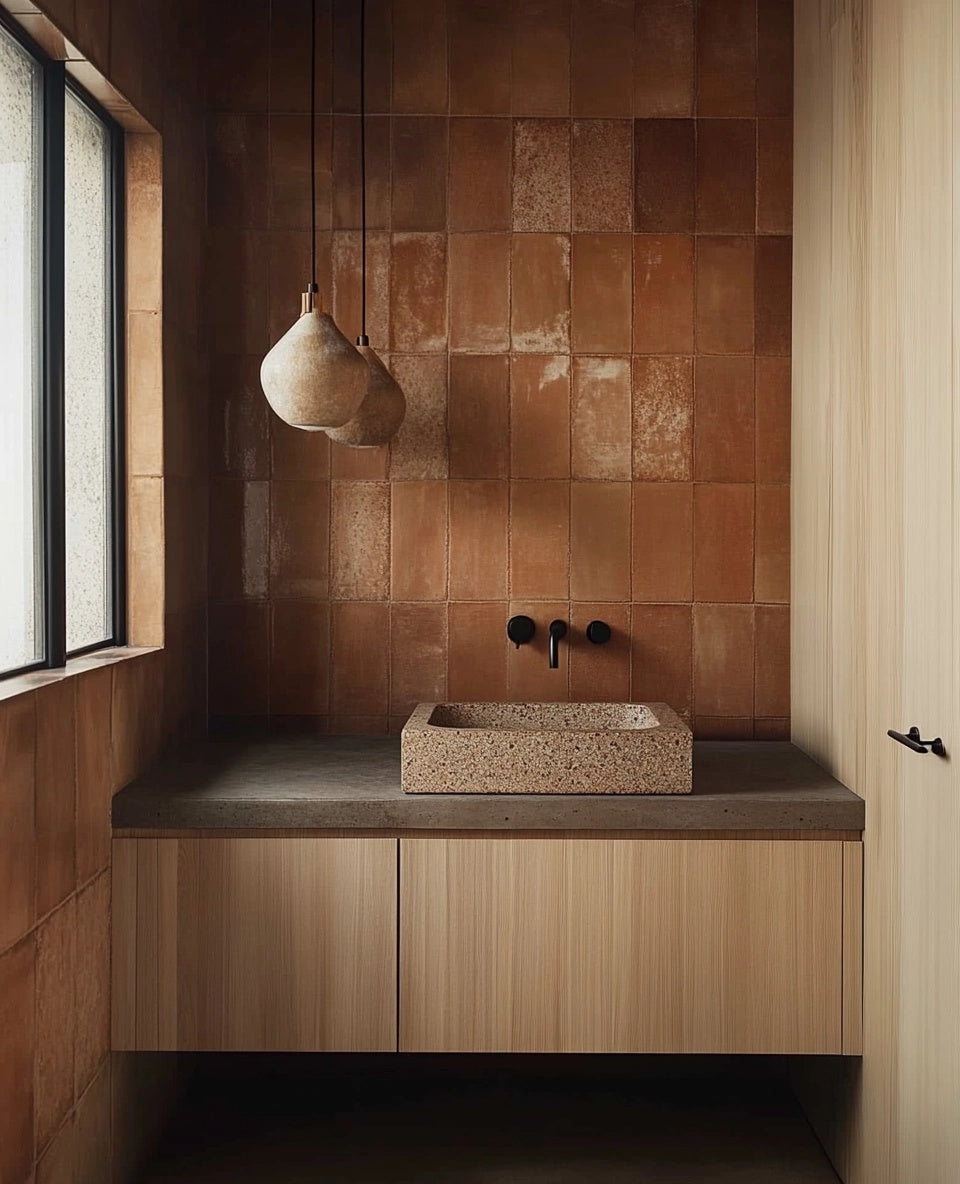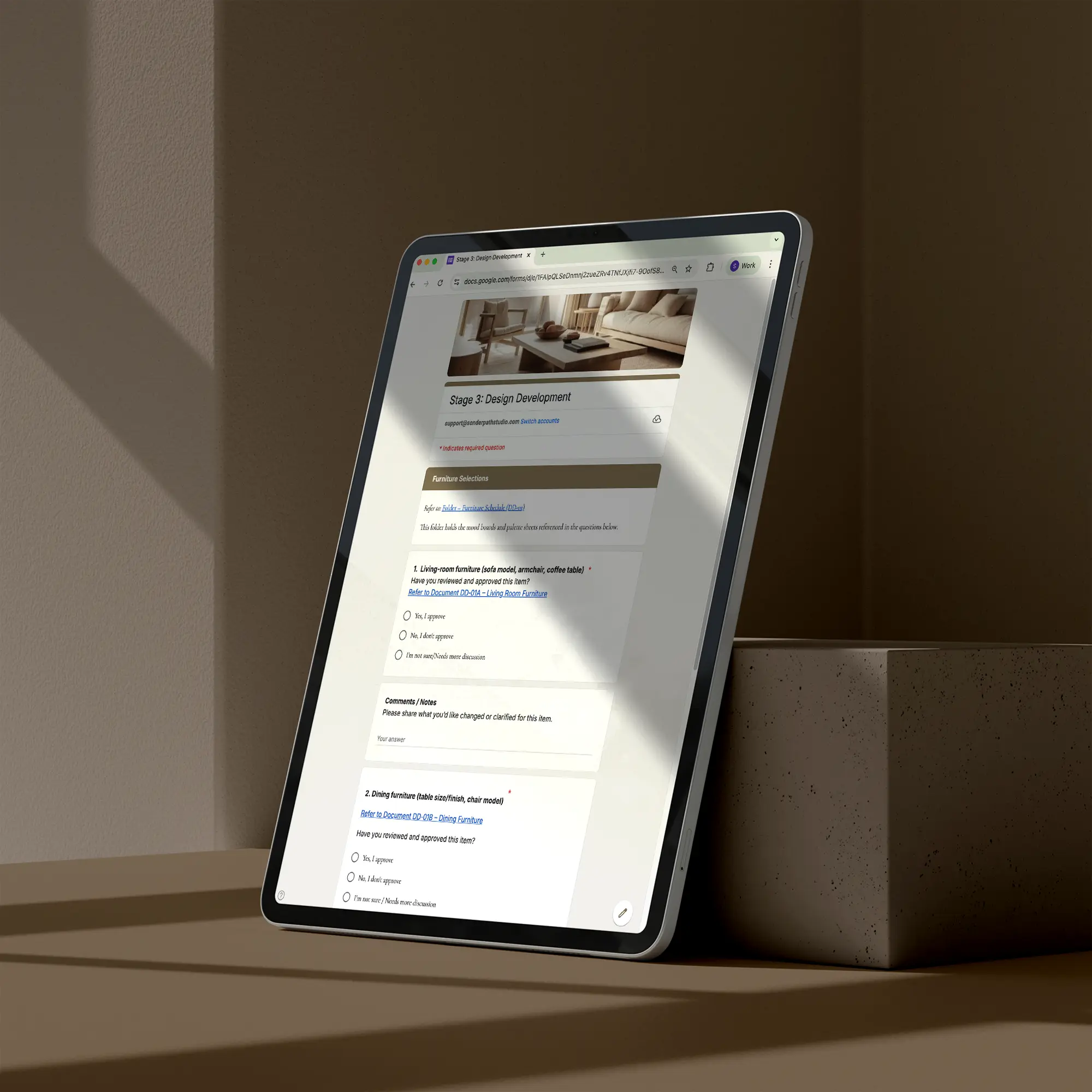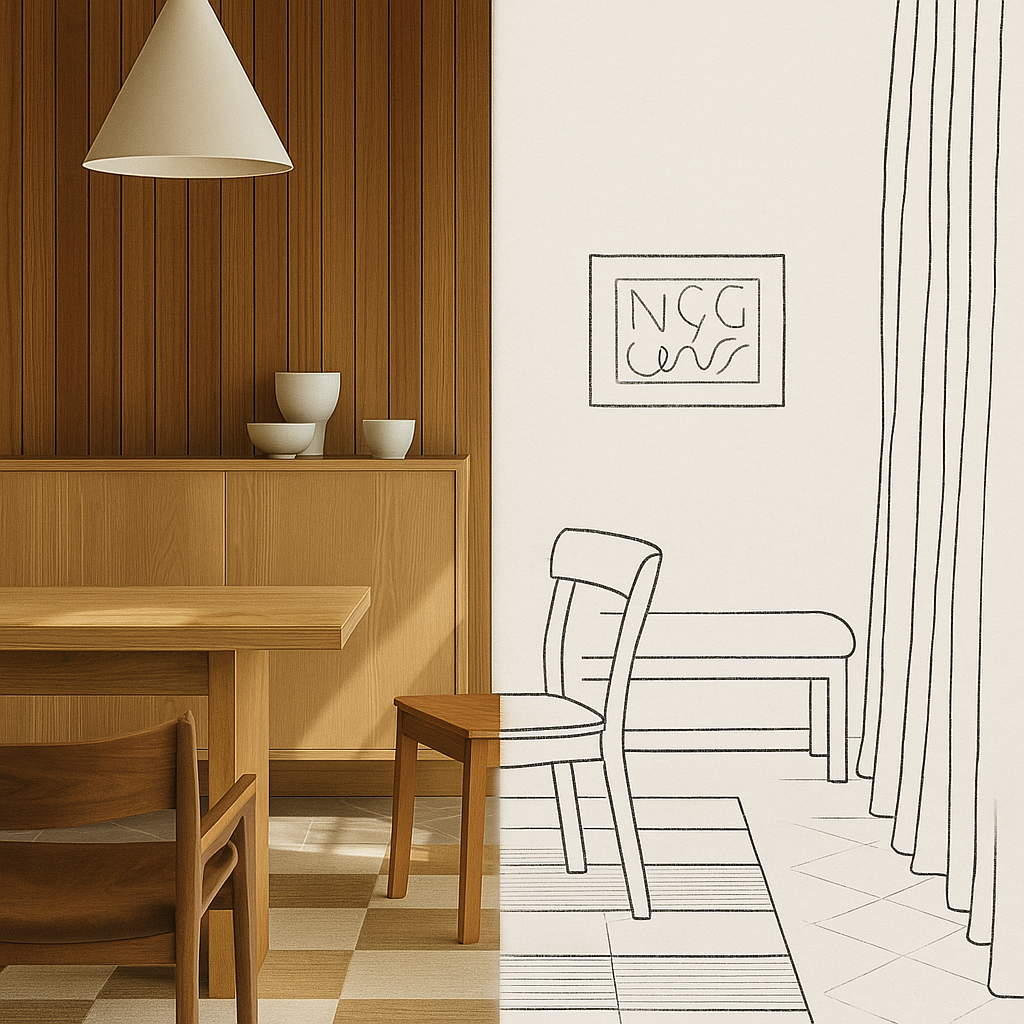Designing the After: Why the End of a Project Still Deserves You

The styling day is done. The rooms are quiet again. The furniture is placed just so. Photographs are taken, the client is smiling, and on the surface, everything is finished.
And then, the messages begin.
“What was the hallway paint colour?”
“How should I clean the marble without damaging it?”
“We’ve misplaced the appliance booklet. Do you have the details?”
Sometimes it’s a few questions. Sometimes it’s a slow trickle over months. And often, it happens while you’re already knee-deep in the next project. It’s not disruptive at first. But over time, it adds up.
What many of us learn—sometimes the hard way—is that the project doesn’t end when the styling is done. It ends when the client feels equipped to live in the space you created for them. When they no longer need to reach out for the little things. When they feel settled.
This is where a thoughtful handover plays its part.
Not as an afterthought but as the final piece of care. The part that says, "I’ve considered what comes next for you." The handover isn’t just practical. It’s generous. It’s a way of showing your client that your thoughtfulness extends beyond the design itself.
We often think the design is the deliverable. The drawings, the styling, the reveal. But the real outcome is the experience your client has in the space, long after you’ve left. Six months in, when something chips or fades or needs attention, they’re either supported or they’re not.
A handover protects that experience. It gives your client the reassurance that nothing has been left unfinished. That they know how to care for what’s been installed. That they won’t need to chase you down for a grout code or light fitting reference. It creates calm where there could be uncertainty.
And it protects you, too. From the slow accumulation of “just a quick question” emails. From time lost retracing steps. From the mental clutter of keeping too much information in your head.
The Client Handover & Care Guide was created for this exact moment. To help you hand over a project with structure, clarity, and kindness. It holds all the small but important things your client needs—from care instructions to who to call—so that you can step away with peace of mind.
Because when you offer that kind of support at the very end, it doesn’t just help them. It reflects who you are as a designer. Considered. Thoughtful. Complete.
The project isn’t over when the styling is done. It’s over when the client feels at home in it. And that part still deserves you.




